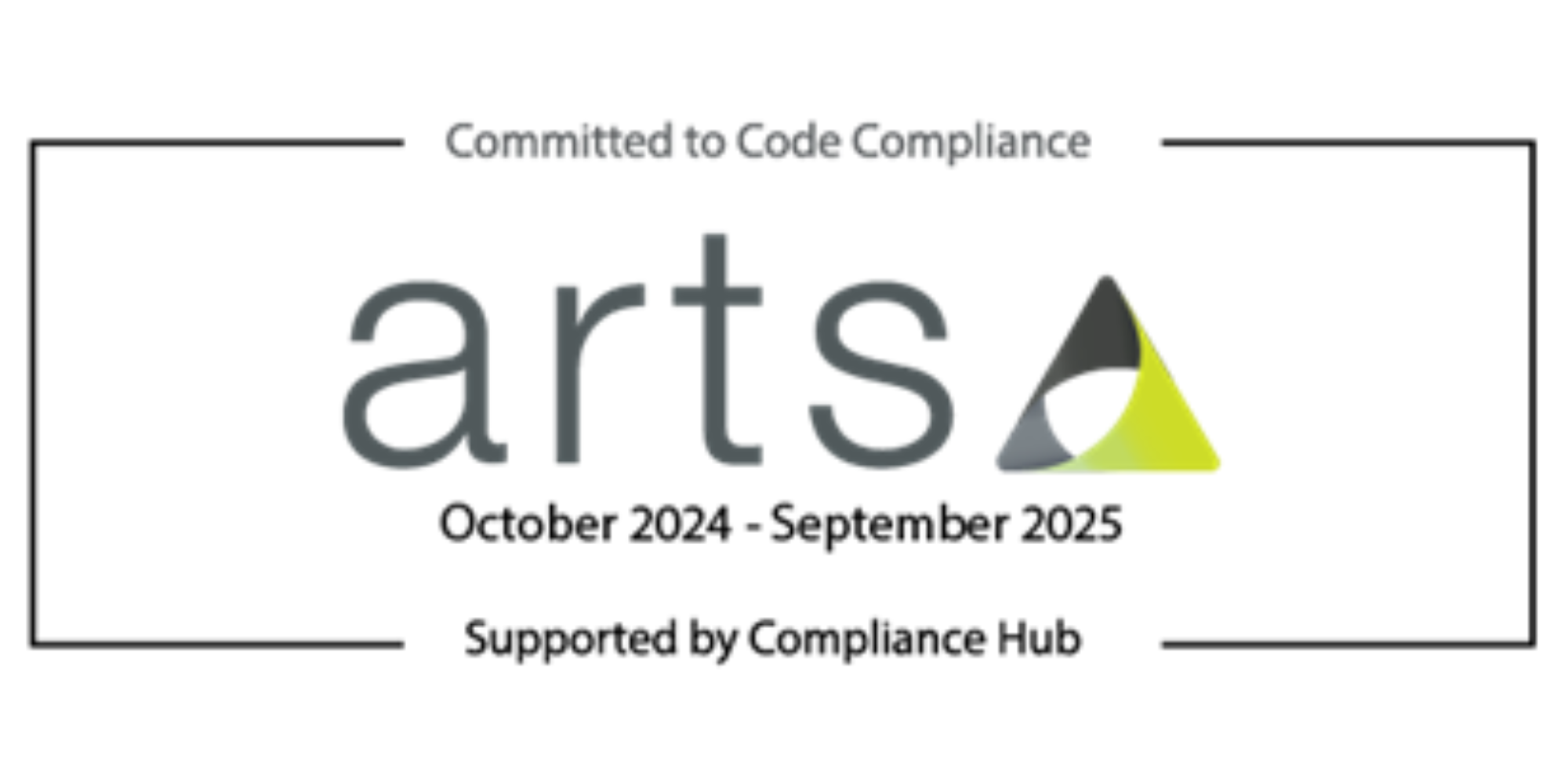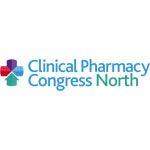Principles of drugs use in breastfeeding and the safety of drugs in breastmilk
10 May 2025
Technical Services Theatre
Secondary Care
Prescribing
- Recommendations from WHO. Statements from the Child and Adolescent Health and Development section of the WHO (2002), "Breastfeeding is an unequalled way of providing ideal food for the healthy growth and development of infants".
- Understand the health benefits of breastfeeding for the mother and for the babies.
- Decision-making on the safety of drugs in breastfeeding
- Pharmacokinetics of drugs affecting transfer into milk
- Factors influencing drug transfers into breastmilk and examples of these factors are:
- The extent of plasma protein binding of the drug
- Milk-plasma ratio
- Oral bio-availability
- First-pass metabolism
- Drug half-life
- The size of the drug molecule
- Peak plasma level
- Available clinical data
- Fat solubility
- Current hepatic and renal function of the infants
- Breastmilk production.
- Maturity of the baby (pre-term or full term baby; gestation age)
- Age of the baby and the volume of the milk consumed
- Possible side effects for the baby
- Duration of exposure to the drug
- Relative infant dose
- Theoretical infant dose
- Professional counselling to the patients and the advice given to the midwives and doctors regarding drugs use in breastfeeding
- Useful websites and textbooks, and breastfeeding national centre in the UK to help address the queries regarding drugs use in breastfeeding for pharmacists and technicians.
- The safety of drugs use in breastmilk and use some examples of drugs to illustrate this such as antibiotics, antidepressants, analgesia, antacids, PPIs, laxatives, H2 antagonists, drugs use in respiratory such as asthma medicines, commonly used OTC medicines, contraception, drugs use in cardiovascular system (e.g. diuretics, ACE inhibitors, beta blockers, ACE inhibitors).
Chairperson


 North
North



